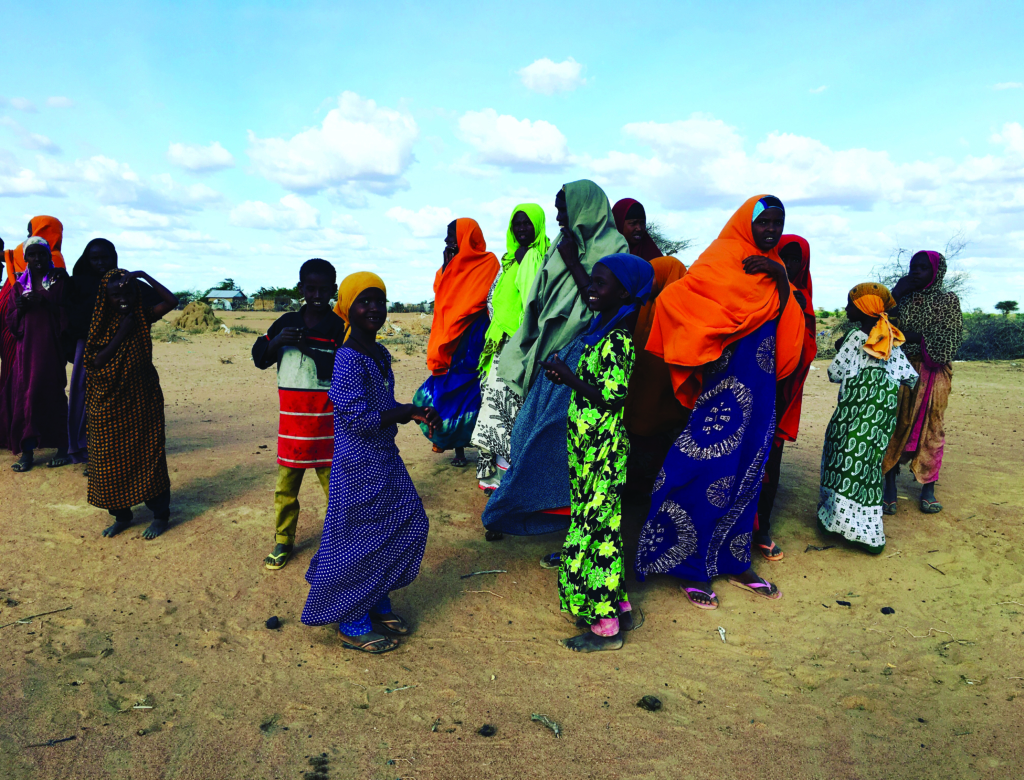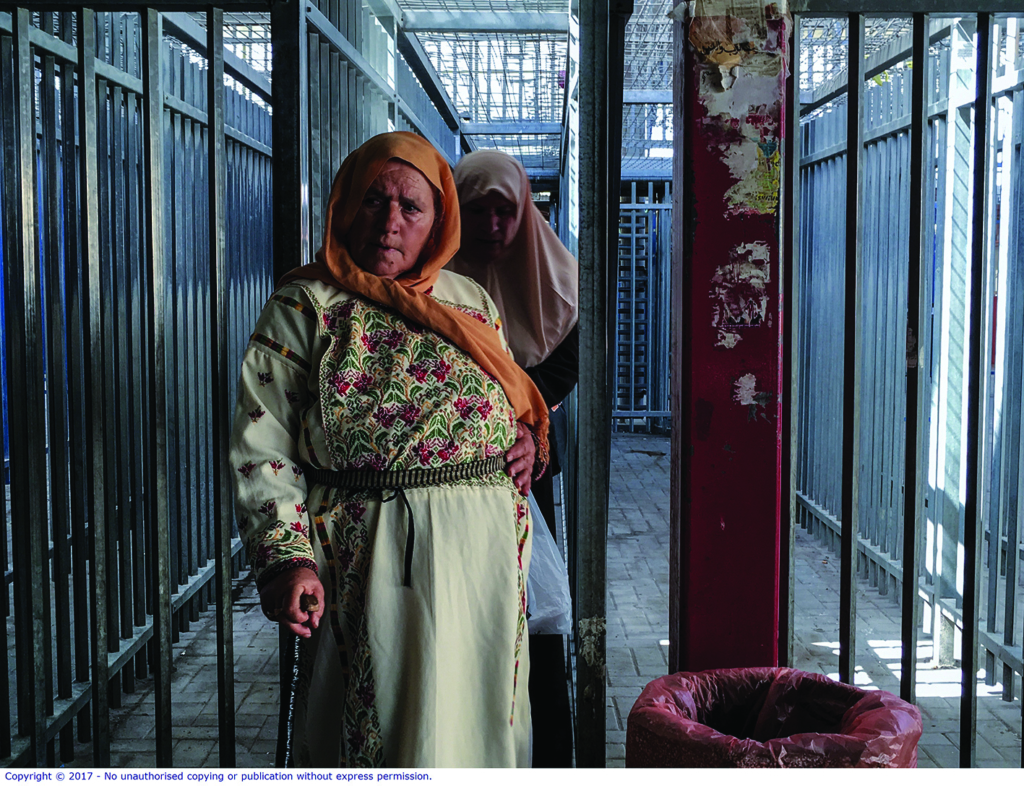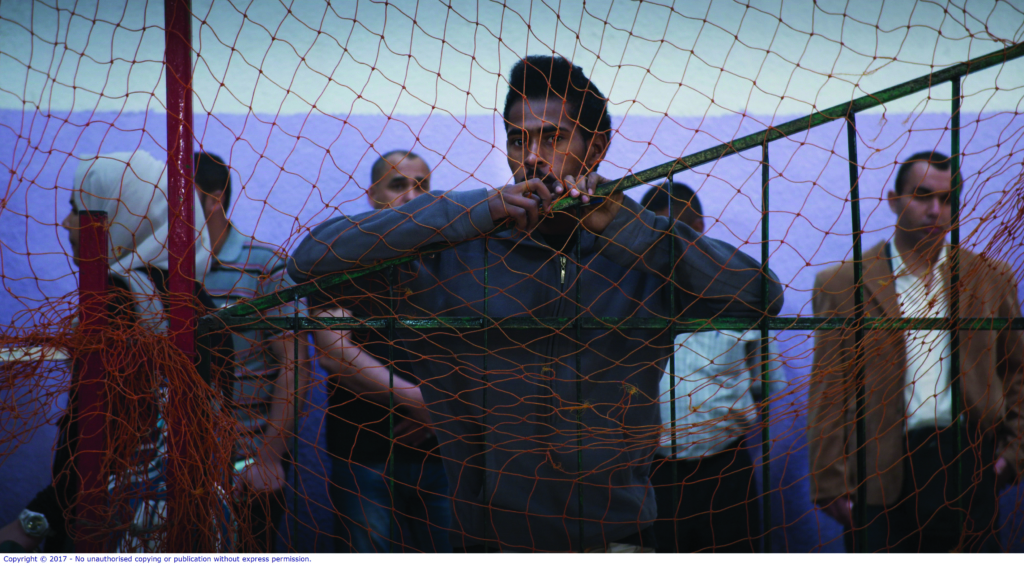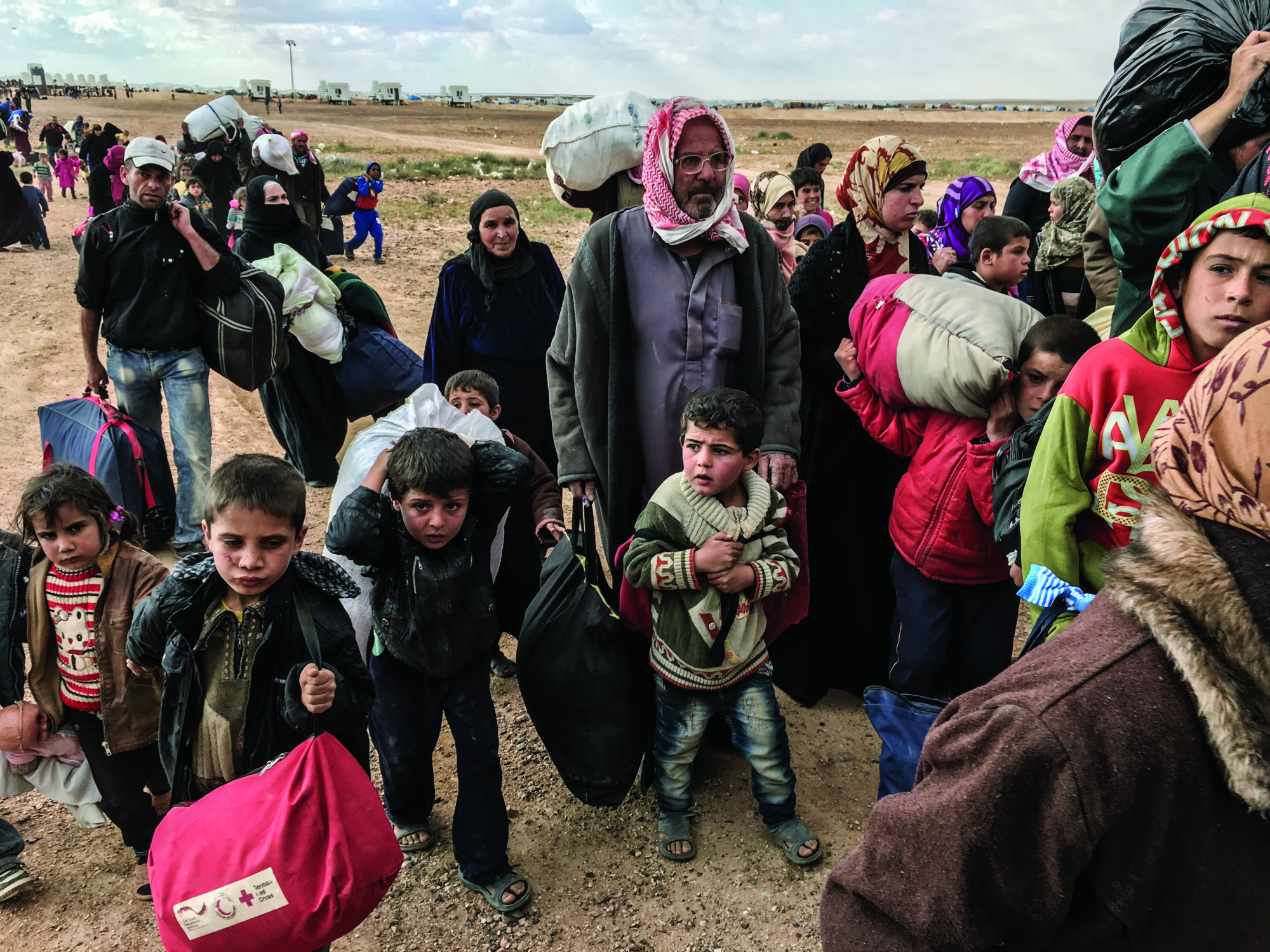When searching for the possibility of life in space, astronomers and astrobiologists look for planets within a star’s circumstellar habitable zone (CHZ): the area where a planet is ‘just right’ – neither too close to nor too far from its star – to allow liquid water to exist on its surface. Because of this, the CHZ has earned the popular moniker ‘Goldilocks zone’.[1]Stuart Gary, ‘What Is the Goldilocks Zone and Why Does It Matter in the Search for ET?’, ABC News, 22 February 2016, <http://www.abc.net.au/news/science/2016-02-22/goldilocks-zones-habitable-zone-astrobiology-exoplanets/6907836>, accessed 22 May 2018. Beyond its scientific origins, the Goldilocks zone can serve as a metaphor in many areas of life – we all learn to create and exist in our own sorts of Goldilocks zones. Most of us are driven to change only when our comfort zones are disturbed – when a spouse is consistently too overbearing or distant, we may end a marriage; when a job is too stressful, or not challenging enough, we may update our resumes.

Within this analogy, then, when attempting to drive change, documentary makers must coax viewers out of their Goldilocks zones – bringing them either so emotionally close to an issue that they can no longer take the proverbial heat, or pushing them to remove emotion from the equation altogether and understand a subject’s cold, hard facts that make continuing the status quo untenable. In his ambitiously grand-scale documentary on asylum seekers, Human Flow (2017), Chinese artist and activist Ai Weiwei does both.
Throughout the 140-minute film, Weiwei frequently references the West’s collective Goldilocks zone in relation to the global refugee crisis via familiar headlines from prominent newspapers, which simultaneously serve to contextualise the footage we see and highlight the strange detachment with which overwhelming human misery is commonly relayed in print. Take a headline from The New York Times (NYT): ‘Migrant Chaos Mounts While Divided Europe Stumbles for Response’,[2]Steven Erlanger & Dan Bilefsky, ‘Migrant Chaos Mounts While Divided Europe Stumbles for Response’, The New York Times, 3 September 2015, <https://www.nytimes.com/2015/09/04/world/europe/hungary-train-station-migrant-crisis.html>, accessed 22 May 2018. superimposed over footage of hundreds of men, women and children walking through a rainy European landscape along seemingly endless roads. In 2015, when the article was published, anyone even vaguely aware of global politics would have been hard-pressed to miss this headline – or one of the hundreds of others like it tracking the movement of millions of Middle Eastern and North African asylum seekers through Europe.
Weiwei uses drone footage to great effect to show how the small camps at borders as well as the ever-expanding cities of the stateless can change the face of the Earth itself … His artistic eye ensures that there is a beauty and a dignity to the way the overcrowded tent cities are depicted.
The so-called European migrant crisis of 2015 certainly sparked some outstanding journalism and critical discussion (not least by the NYT). But the article behind this particular headline exemplifies Western media outlets’ all-too-common tendency to walk a delicate line between garnering sympathy, fuelling fear and pushing away responsibility, which ultimately achieves nothing other than ensuring that Western readers can maintain their sense of intellectual and moral superiority over the rest of the world while avoiding any real outrage over their governments’ lack of meaningful action. Discussion centres mostly on European policy concerns, while the human beings at the heart of the story are systematically painted as both tragic figures and potential threats – ‘the Continent [is] being swamped with Muslims’, who are ‘migrants’ (as opposed to the more accurate, more sympathetic ‘refugees’) necessitating riot-police intervention when they ‘claw’ their way onto a train purportedly headed to Austria and Germany.[3]ibid. Any talk of the West’s role in creating the conflicts these people are fleeing, or any responsibility that the US – home to the vast majority of the NYT’s readership – may have, is notably absent.
When juxtaposed with these familiar headlines, Weiwei’s footage of the reality behind them becomes all the more pertinent, and the distance between what most of us know about the crisis and what we understand about it becomes clear. By showing us the exhaustion of an old man with a pacemaker, the hope of a family who carried their family cat all the way from Aleppo, or the grief of a man who lost five family members along the way, the film lets us see the direct, human consequences of European policy decisions like suddenly closed borders and finance deals with Turkey. What, in the news, may feel like a gradual move towards solutions and resolutions looks, in reality, far more like cruel obstacles amounting to nothing but more suffering.

Despite its success in driving home this disconnect between media and reality, it’s on this primarily emotional level that Human Flow is also at its weakest. The very headlines that enable this critical engagement with Western media coverage also serve to create a lingering sense that we’ve seen this all before – that nothing new is being brought to the table. Between genuinely heartfelt moments showing refugees interviewed in camps all over the world, there are shots of Weiwei awkwardly posing for selfies and self-consciously looking at the frame of his mobile camera as he films himself accompanying a freezing, exhausted man who came off a boat moments prior to find tea and a warming fire. The filmmaker frequently appears in his own movies, so this is in line with his usual style; these scenes may easily be explained as his attempt to have and document normal human interactions with people who are different from him only in circumstance. But selfie sticks and the extreme close-ups of faces that result when turning a mobile camera on yourself can’t help but evoke a certain air of narcissism, which feels out of place at best and deeply offensive at worst – potentially calling into question Weiwei’s motivation for being in the camps.
Luckily, these moments of disjuncture in tone are infrequent and, thus, do not prevent the film from shining in the arena in which it really comes into its own: when pulling away from the personal and moving into the big picture of the world’s current refugee crisis. A great number of outstanding documentary features and series have been released since the global crisis started to become apparent, and most focus on specific populations, geographic hotspots or political crisis points. Amid these, Weiwei’s documentary stands out in its scale, and its ability to clearly and beautifully depict that what we are faced with is not the fallout of a single temporary war, but a complex movement of populations across the world resulting from diverse causes: climate change, centuries-old conflicts, recent political upheavals, religious and ethnic persecution, and the natural effect of more attainable travel and migration in an increasingly globalised world.

It is in this context that the title of Human Flow becomes entirely appropriate, as we witness how the movement of refugees is guided via the small but significant decisions of various governments. It conjures images of water in canals and streams, moving tirelessly and endlessly until it has diffused into its destination or else met with unnatural barriers, creating temporary and permanent encampments that soon overflow. In the case of asylum seekers, these collections comprise people forced into limbo until eventually – hopefully – movement starts once more. Weiwei uses drone footage to great effect to show how the small camps at borders as well as the ever-expanding cities of the stateless can change the face of the Earth itself, carving new paths and valleys through landscapes in the same way that human and animal migration has done for millions of years. His artistic eye ensures that there is a beauty and a dignity to the way the overcrowded tent cities are depicted. And, while they are entwined with the tragedy of individuals who deserve so much more from their fellow humans, the film captures the effortlessness and inevitability in these shifts of human geography.
A particularly affecting drone shot of thousands of discarded life jackets in a landfill in Greece manages to be breathtaking in its simultaneous beauty and horror, creating a subtle visual link to black-and-white images of the mass graves left by the Holocaust – the immense human crisis that gave birth to the conventions and agreements that are now being tested to their limits by mass exoduses of similar scale. This shot is a powerful reminder of the decision Europe and the West made less than a century ago about the kind of world they wanted to be part of and take leadership in. The fact that it is all too well known how very many lives have not been saved by these discarded tools shows how close we are now to failing to deliver on our humanitarian hopes and promises.

The continued lack of evidence for extraterrestrial life despite decades of searching drives home just how delicate the balance required for existence really is. Right now, humanity is at a juncture where decisions about the way we will coexist have the potential to shape our planet and our ability to survive changing climates and shifting populations in centuries to come. While much of the hard work to create new ways of living will be done by scientists and politicians, they must first learn to recognise where we go wrong and envisage the potential for change. And it is artists and visionaries like Weiwei who must lead the way in showing us when zones of comfortable existence are starting to drift towards disaster.
Endnotes
| 1 | Stuart Gary, ‘What Is the Goldilocks Zone and Why Does It Matter in the Search for ET?’, ABC News, 22 February 2016, <http://www.abc.net.au/news/science/2016-02-22/goldilocks-zones-habitable-zone-astrobiology-exoplanets/6907836>, accessed 22 May 2018. |
|---|---|
| 2 | Steven Erlanger & Dan Bilefsky, ‘Migrant Chaos Mounts While Divided Europe Stumbles for Response’, The New York Times, 3 September 2015, <https://www.nytimes.com/2015/09/04/world/europe/hungary-train-station-migrant-crisis.html>, accessed 22 May 2018. |
| 3 | ibid. |





